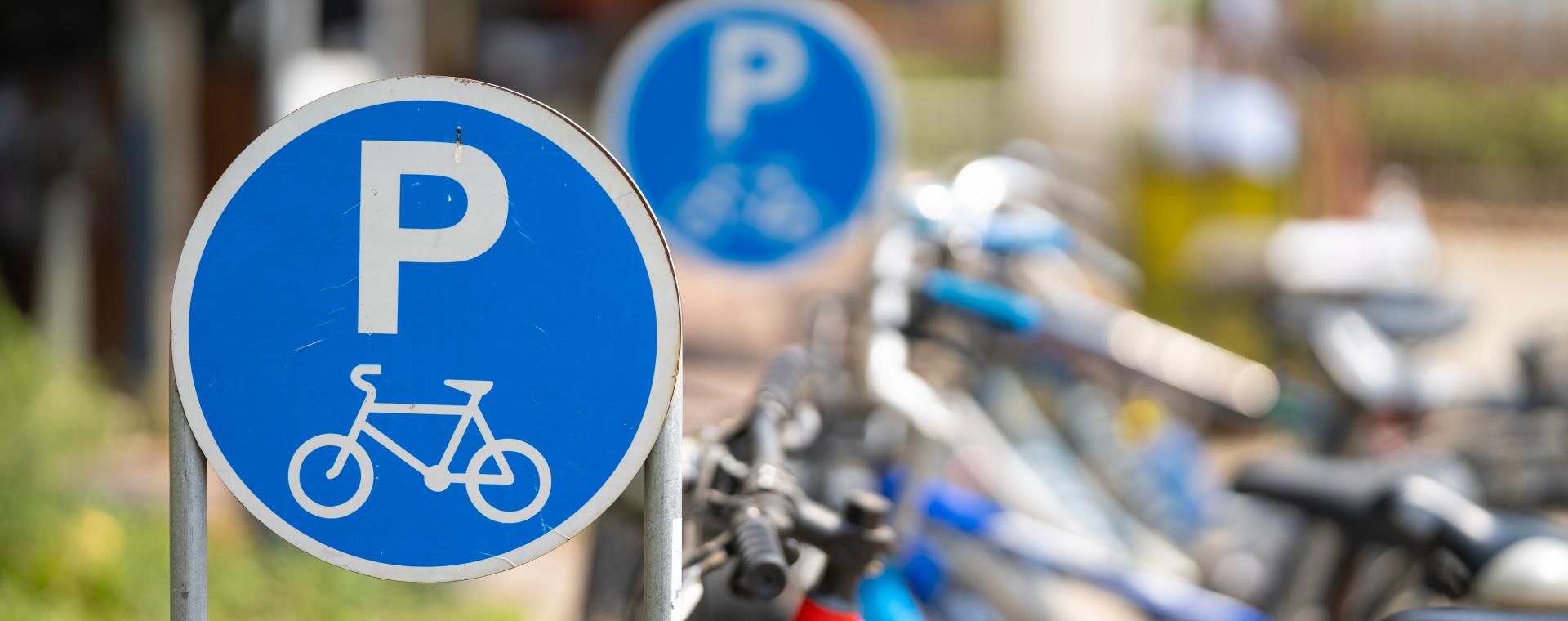Returning to Work: Green Commute Options
We asked our most recent changemaker, Anna Richards, her advice on a planet-friendly alternatives when heading back into the office.
Recently, our commutes consisted of pyjama-clad stumbles to our kitchen tables (or perhaps sliding down the banisters if lockdown left you craving little adventures). With some semblance of normality returning to our lives and offices reopening, the rush hour commute is coming back.
But what is really the most environmentally friendly way to get to work? We’ve analysed the different options available to establish how we can return to the office in the greenest way possible.
-
Human-powered: Walking/cycling/scooter etc.
By far the most environmentally friendly way to commute is to do so under your own steam. The benefits of an active commute are numerous: it wakes you up for the day by getting the blood circulating, it is far more economical (if not free), and you don’t have to play Sardines in a Tube carriage with a bunch of sweaty strangers that may or may not have decided that mask-wearing is a violation of their human rights.
Where possible, walking is indisputably the greenest way to commute. Consider mixing up your active commute by choosing a form of exercise that you enjoy. So you hate cycling but love roller skating? Don your skates and arrive at work with all the elegance of a Tik-Tok star. Your colleagues will be extremely impressed.
-
Human-powered with a little help: e-bikes and e-scooters
E-bikes and e-scooters are having a moment, and although owning your own can be expensive, pay-per-use e-bike and e-scooter schemes are popping up in cities all over the UK, including in many cities with Ethical Property offices such as Brighton, Oxford and Edinburgh. If the mere thought of cycling up Edinburgh’s near-vertical hills has you sweating through your Lycra, why not let an e-bike do the work for you?
-
Public transport
If your workplace is out of cycling range then try to opt for public transport over your car. Which mode you go for depends on links between home and the office, but if presented with options, the train tends to produce the least CO₂ emissions per capita. It also makes it easier to use your commuting time to do something that you enjoy, e.g. reading a book or doing a crossword.
The more people that take public transport, the fewer vehicles there are on the road. This leads to less congestion and ‘empty’ emissions where cars churn out CO₂ whilst stuck in traffic.
-
Private vehicle
If a car is your only option, see if you can team up with colleagues to organise a carpool and make your commute more energy-efficient. Try using a site such as Waze, Liftshare or Blablacar to organise a regular carpool if none of your colleagues lives in your locality. Fuel costs are split, making your commute cheaper too.
It goes without saying, but electric cars are a greener option than their petrol or (worse still) diesel counterparts. If you can’t find anyone to liftshare with, consider commuting outside of rush hour, perhaps by working flexitime. There are few experiences as soul-destroying as starting the day stuck in traffic, so it’ll result in a pleasanter commuting experience with fewer emissions too.
Still not sure which is the greenest option for your commute? Try this calculator to compare the emissions from different modes of transport.
